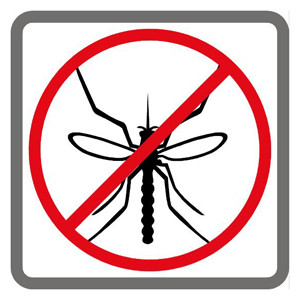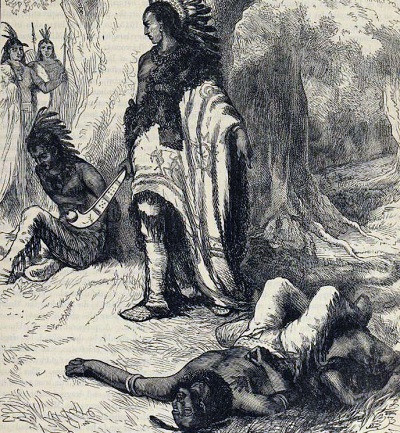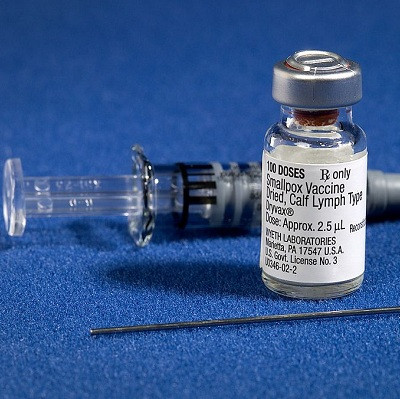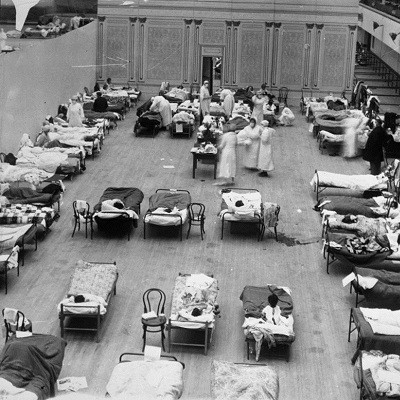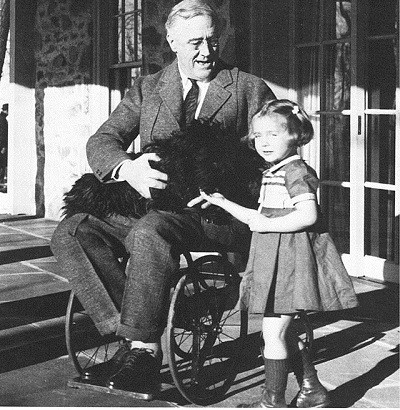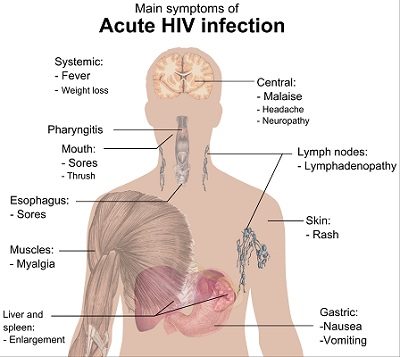NEW: West Nile Virus Surfaces in West Kingstown, RI
Thursday, August 14, 2014
Rhode Island residents are encouraged to protect themselves after the state’s health and environmental officials have confirmed the first positive finding of West Nile Virus from a mosquito pool in West Kingstown, Rhode Island.
A sample of 18 mosquitos collected on August 4th, 2014 from the Great Swamp area of West Kingstown has tested positive for West Nile Virus. The mosquito species that was tested positive is one that can bite humans.
The Department of Environmental Management (DEM) and the Rhode Island Department of Health (HEALTH) encourages that residents protect themselves from mosquito-borne disease. According to the state officials, personal protection is the first line of defense against these mosquitos and additionally is the most effective way of avoiding infection.
GET THE LATEST BREAKING NEWS HERE -- SIGN UP FOR GOLOCAL FREE DAILY EBLASTTest results on the remaining 150 pools of mosquitos collected on August 4th are still pending in the State Health Laboratories.
First This Year
This finding marks the first positive West Nile Virus sample identified in Rhode Island this season. A positive finding of Jamestown Canyon Virus was identified and reported last week.
Additionally, no mosquitos have tested positive for Eastern Equine Encephalitis this season. There have also been no reported human cases in 2014 regarding West Nile Virus, Eastern Equine Encephalitis, or Jamestown Canyon Virus in Rhode Island.
West Nile Virus is most commonly spread by infected mosquitoes and can cause febrile illness, encephalitis (inflammation of the brain) or meningitis (inflammation of the lining of the brain and spinal cord). More severe symptoms can include: high fever, headache, neck stiffness, stupor, disorientation, coma, tremors, convulsions, muscle weakness, vision loss, numbness, and paralysis. Milder symptoms may include body aches, nausea, vomiting, and sometimes swollen lymph glands or a skin rash on the chest, stomach and back. Symptoms can last just a few days or up to several weeks.
Protecting from West Nile
These mosquito pools are not unexpected at this time of the year. State officials are encouraging that extra care should be taken by all residents to protect from mosquitos. Extra care includes:
-
Remove all standing water from around houses by emptying planters, wading pools, trash and recycling bins to reduce mosquito breeding. Just one cup of standing water can produce hundreds of mosquitos.
-
Be sure all open windows are properly screened to prevent mosquitos from entering the house.
-
Dress for protection by wearing long pants and long-sleeved shorts during outdoor evening activities.
-
Use bug spray with no more than 30-percent DEET during outdoor activities particularly at dusk and evening hours.
-
Time activities for maximum protection; mosquitos are most active during the dusk and evening hours.
Related Slideshow: The History of Disease Outbreaks in New England
Related Articles
- New England States At Increased Risk for West Nile + EEE
- NEW: West Nile Hits RI… First Case Reported
- NEW: Providence County Man Gets Meningitis From West Nile Virus
- NEW: Barrington Mosquitoes Test Positive for West Nile Virus
- NEW: West Nile Found In Providence, E. Providence, North Kingstown
- NEW: HEALTH Reports First Human Case of West Nile Virus in RI
- Mosquitos From Westerly Pool Test Positive for EEE
- How to Protect Yourself from EEE
- First SEEED Conference in Providence Highlights Social Enterprise
- Heeeee’s Baaaaack!
- NEW: EEE Found in Mosquitos in Tiverton
- NEW: Rhode Island Horse Euthanized After Testing Positive for EEE



